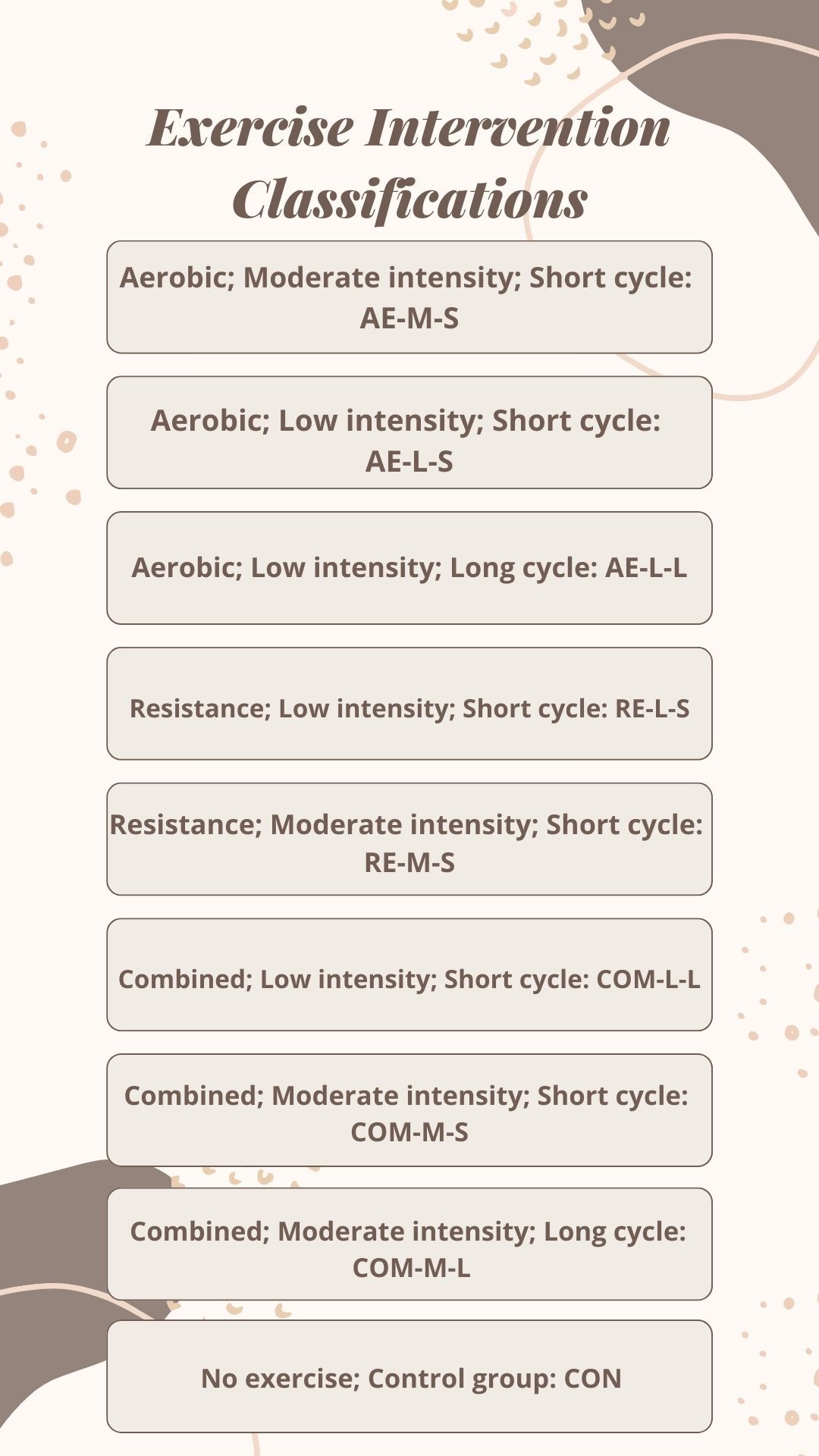Article
Combination Aerobic, Resistance Exercise Routine Improves Symptoms of Fibromyalgia
Author(s):
“Exercise is an important component of the treatment of fibromyalgia, but there was not a consensus understanding of the effect of various exercise programs on the quality of life, pain, and physical function of people with fibromyalgia.”
Results of a recent network meta-analysis (NMA), published in Frontiers in Psychology,1 reported that a combination of aerobic and resistance exercise enhanced quality of life, alleviated pain, and improved physical function in patients with fibromyalgia syndrome (FMS).
“Fibromyalgia syndrome is the second most common chronic diffuse pain disorder and can have a lasting negative impact on the quality of life, pain, and physical function of people,” investigators explained. “Exercise therapy is an important component of the treatment of fibromyalgia, but there was not a consensus understanding of the effect of various exercise programs on the quality of life, pain, and physical function of people with fibromyalgia syndrome.”

Investigators evaluated the efficacy of 3 exercise programs (aerobic exercise, resistance exercise, and a combination of both) for improving quality of life, muscle pain, and physical function in patients with fibromyalgia. Databases, including PubMed, EMBASE, Web of Science, The Cochrane Library, Wan fang, and China National Knowledge Internet, were searched to identify randomized controlled trials (RCTs) with outcome indicators including the Tender point count (TPC), 6-minute walk test (6MWT), and the Fibromyalgia Impact Questionnaire (FIQ). Literature quality was assessed according to Cochrane Handbook criteria. RCTs met the Patients-Intervention-Comparisons-Outcomes Study (PICOS) criteria. Eight exercise categories and a control group classified exercise interventions.
Of the 1314 papers that related to the research topic, 45 RCTs were ultimately included in the analysis, with a total 2904 patients (99.5% of which were female with ages ranging from 30 to 70 years). Only 7 studies included both men and women. All studies obtained information on the cycle of intervention and the number of sessions per week.
A combination of both aerobic and resistance exercise was ranked first in quality of life, pain alleviation, and physical function. In the 40 studies assessing the impact of fibromyalgia, COM-L-L was mostly likely to improve FIQ. In 20 studies, COM-M-S was significantly effective in reducing TPC when compared with the control group. Thirteen studies showed that 3 exercise interventions were found to be effective in improving 6WMT when compared with the controls, with COM-M-L rated as most likely to increase this score.
Limitations included a dramatic variation in the number of people in each exercise program across the studies. Proportions were not adequately coordinated, which may have led to error. Further, the selection of outcome indicators was limited and may have led to biased results. Future studies should include other compatible indicators. The gender difference between patients included in the study, which were predominantly female, was too large. Additionally, the volume of training was not taken into consideration, which may have potentially led to a different training load and different adaptations between patients.
“This NMA provided valuable information on the clinical application of exercise interventions in the management of fibromyalgia,” investigators concluded. “The type of exercise that improves both the quality of life, pain, and physical function in FMS was a combination of exercises.”
Reference:
Chen J, Han B, Wu C. On the superiority of a combination of aerobic and resistance exercise for fibromyalgia syndrome: A network meta-analysis. Front Psychol. 2022;13:949256. Published 2022 Sep 28. doi:10.3389/fpsyg.2022.949256




